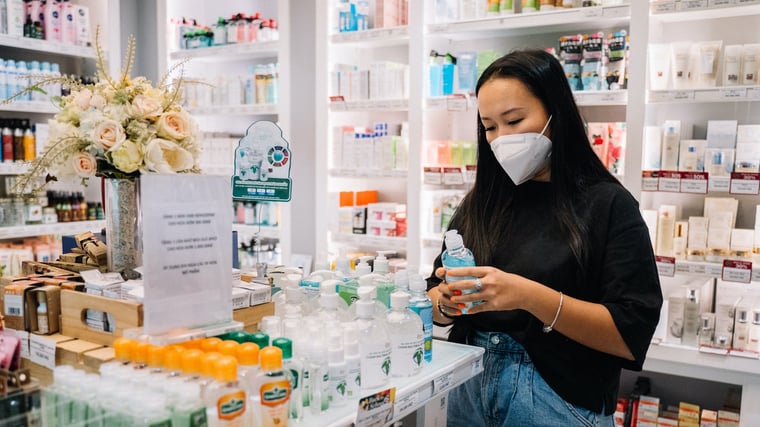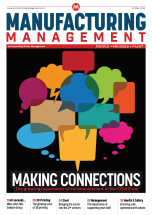
Our top tips for successful process R&D collaborations - Manufacturing Management
October 2021
By the Consumer Team at 42T
“Collaborations can be destined to fail if steps are not taken to ensure alignment between consultancy and vendor.”
This is according to Head of Consumer at 42T, Adrian Swinburne says in his article for Manufacturing Management. He shares some of his strategies for success gained from working with global brand owners such as Kimberly-Clark, PepsiCo and Jacob Douwe Egberts. And he advises how to achieve success in R&D projects.
Process improvement vs new process innovation
Collaborative R&D is often perceived as an overly complex and high-risk method of achieving process innovation with brand owners typically relying on their process equipment vendors to deliver the improvements they need.
FMCG brand owners are sometimes reluctant to invest in collaborative R&D projects as a way of expanding their manufacturing capabilities because they’re perceived as being too high risk or overly complex. But with the right R&D partners and careful management they can deliver exceptional and unexpected outcomes.

Why appoint a consultancy?
When companies want to improve their process capabilities to enable new products or for improved production efficiencies, it’s not unusual to expect their primary equipment vendors to provide that input. In some ways this approach makes perfect sense, but it can also restrict a manufacturer’s options. Sometimes even the most successful process development projects can only achieve incremental improvements in one or two areas.
Appointing an external engineering consultancy is often seen as the ideal solution. They bring a fresh perspective and have a wider range of engineering capabilities. In addition, their multidisciplinary experience can be drawn upon.
But R&D collaborations can be destined to failure unless deliberate steps are taken from the start to ensure commercial, technical, and cultural alignment between all parties.
How to approach the project
- Think ahead on what skills are going to be needed throughout the project lifecycle. Also, which organisations are best placed to deliver them. Involve all parties from day one
- Take particular care when selecting partners to ensure a good fit, understanding their different commercial motivations. Ensure that any external consultancy has the engineering credibility to establish empathy with the vendor’s engineers
- Recognise how and when individual partner’s roles and responsibilities are likely to change as the project progresses

Even with careful planning, it’s dangerous to assume that everything will run smoothly. It’s worth putting appropriate measures in place to regularly monitor project status and the effectiveness of interactions between all project partners.
Working with internationally experienced consultants
Whilst these concerns can be valid in some circumstances, our experience of working with global brands such as Kimberly-Clark, PepsiCo and Jacobs Douwe Egberts has reinforced our belief in the power of collaborative R&D.
By selecting the right R&D partners and then properly managing the process, it really can be a case of two plus two equalling five. Adrian discusses a range of points:
- Should process improvement and new process innovation be viewed differently?
- Five fundamental principles
- Can a single partner truly deliver what is needed?
- Choose your partners wisely
- Don’t assume alignment on day one
- Roles and responsibilities need to transition
- Don’t forget about IP
- Five recommendations for successful collaborations
Find out how collaborative R&D projects can deliver significant results with everyone working towards a common goal.
You can read the article here: Group Thinking.
Published in Manufacturing Management.

More about 42T's projects and the range of our team's expertise.
If you would like to find out more, contact Director of Food & Beverage, Stuart Gilby :
answers@42T.com | +44 (0)1480 302700 | Stuart Gilby | LinkedIn
Share this article:
Related Articles

Consumer, Personal Care
From concept to consumer: innovators shaping the personal care landscape

Consumer, Sustainability
The refillable revolution - the sustainable future of grocery shopping

Consumer
Reducing Scope 3 emissions to drive growth in the food industry

What will you ask us today?
We believe in asking the right questions to drive innovation; when we know the right questions, we generate the ideas to answer them.

